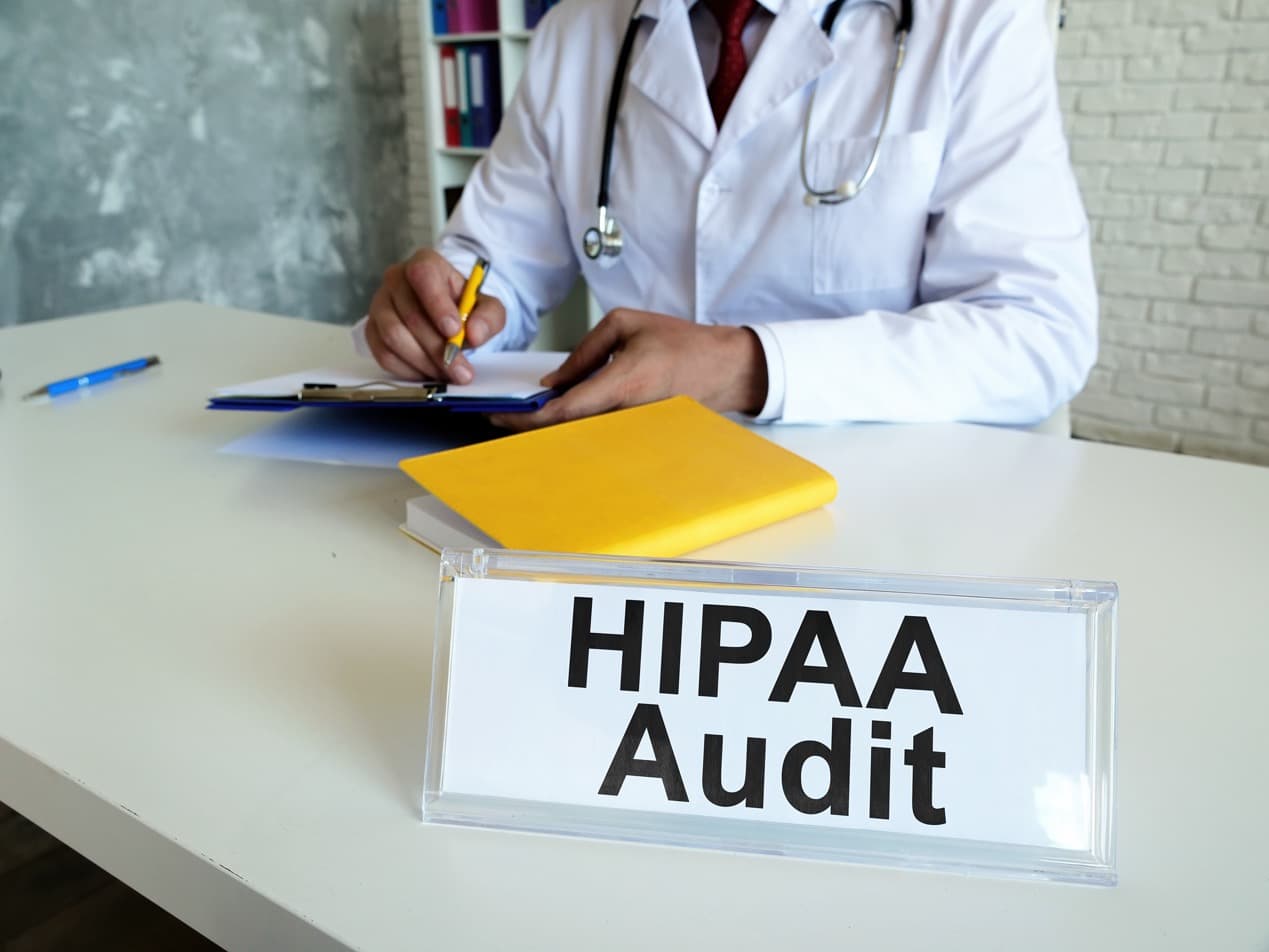1 min read
How to maintain HIPAA compliance when conducting healthcare research
Liyanda Tembani
September 11, 2023

Healthcare research helps advance medical knowledge, improve patient care, and develop innovative treatments. Ensuring HIPAA compliance in research safeguards patient privacy and data security. Failure to maintain compliance can lead to severe consequences, including legal repercussions, fines, and damage to an organization's reputation.
Challenges in healthcare research under HIPAA compliance
- Sensitive data handling: Healthcare research involves collecting and managing sensitive patient data, requiring strict security measures to prevent unauthorized access.
- Complex regulatory landscape: Navigating HIPAA regulations, which vary across research scenarios, can be challenging for healthcare organizations.
- Balancing research goals: Maintaining the balance between advancing research objectives and safeguarding patient privacy poses a significant challenge.
- Risk of noncompliance: The consequences of noncompliance with HIPAA regulations in research can be severe, including legal repercussions and reputational damage.
How to maintain HIPAA compliance when conducting healthcare research
- Data encryption and secure storage: Implement robust data encryption protocols and secure storage solutions to protect patient data from unauthorized access. Encryption ensures that even if data is breached, it remains unreadable and unusable.
- Access controls and authentication: Ensure that only authorized personnel have access to patient information, and implement strong authentication mechanisms, such as multi-factor authentication (MFA). This prevents unauthorized access and enhances overall security.
- Secure email protocols: When sharing healthcare research via email, utilize encryption and HIPAA compliant email platforms designed for compliance. Ensure that attachments containing patient data are encrypted, and minimize patient-specific information in emails.
- De-identification techniques: Use de-identification techniques to anonymize data whenever possible, allowing researchers to work with less sensitive information. De-identification involves removing or altering identifiers to protect patient privacy while preserving data utility.
- HIPAA training and education: Conduct regular HIPAA training sessions to educate staff about compliance requirements, including obtaining patient consent. Employees should be well-versed in HIPAA regulations and understand their role in maintaining compliance.
- Obtaining patient consent: Prioritize obtaining informed consent from research participants, ensuring they understand how their data will be used and the potential risks involved. Maintain transparency and respect for individual autonomy in this process.
- Incident response and reporting: Establish a clear incident response plan to address breaches promptly and report them as required by law. Swift and effective responses to security incidents can mitigate the impact on patients and the organization.
Technological tools for HIPAA compliance
- Secure data management systems and electronic health records (EHRs) offer robust tools for healthcare organizations to manage patient data securely. These systems can facilitate compliant research by providing controlled access and audit trails.
- Advanced technologies, such as blockchain and advanced encryption algorithms, are also valuable tools in ensuring the integrity and security of patient data.
Related: What are the HIPAA exceptions for research purposes?
Subscribe to Paubox Weekly
Every Friday we'll bring you the most important news from Paubox. Our aim is to make you smarter, faster.




